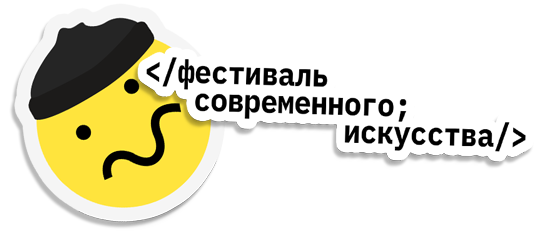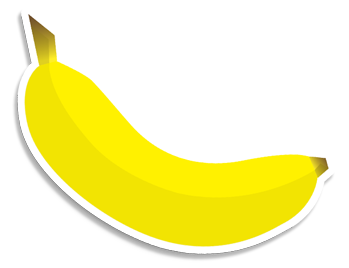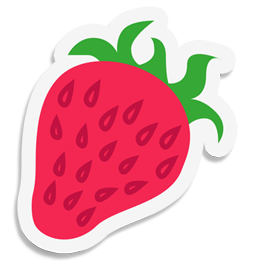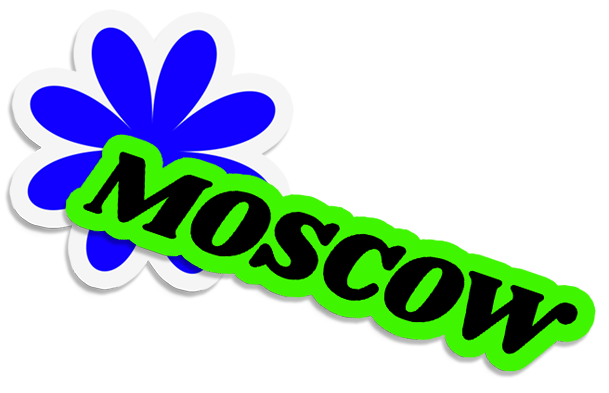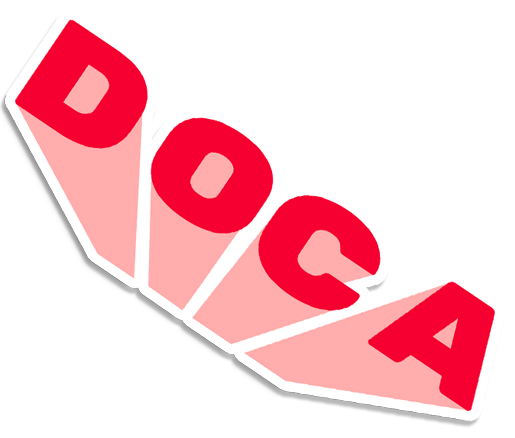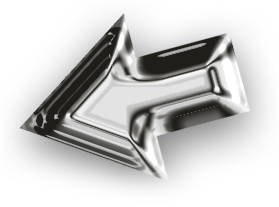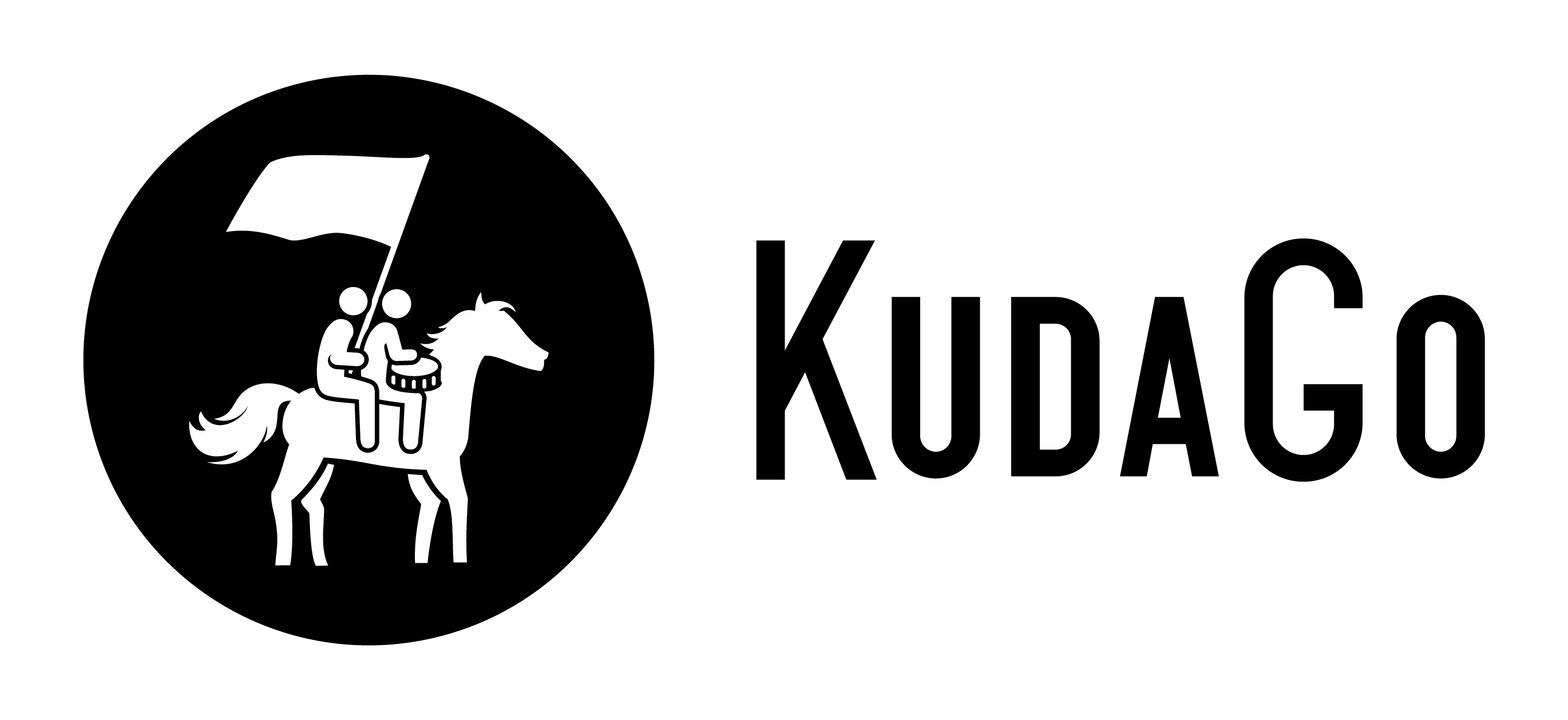|
Неидеальный кадр и поэтика инородности в фотопроектах Марии Кожановой Мария Кожанова – независимая фотохудожница, посвятившая 10 лет фотографической практике и работе с долгосрочными проектами. Ее работы были показаны на многочисленных выставках, в их числе FotoFest Houston, Kiyosato Museum of Photographic Arts, Tokyo Metropolitan Museum of Photography, Seoul Photo Festival и многие другие. В 2016 г. Мария была одним из участников международного мастер-класса Joop Swart, организованного World Press Photo. С 2012 г. ее работы публиковались в таких изданиях, как Le Monde Magazine, Vogue Italy, New York Times International и др. Мария познакомила слушателей Международного фестиваля современного искусства DOCA со своими проектами, а также со своим исследованием разницы в художественных взглядах на одни и те же объекты у современных авторов фотографии. На примере нескольких своих работ Мария рассказала о пути нахождения темы для проекта, о том, как рождается его идея и как он реализуется. Как выбрать тему, как работать над проектом, чего ожидать от этой работы и с какими сложностями приходится сталкиваться – эти вопросы были рассмотрены автором. Проекты, о которых рассказывала Мария, связаны с главным городом в ее жизни – Калининградом. Сейчас она проживает в Берлине, но именно Калининград подарил ей шанс и возможность стать фотографом, именно в этом городе началась ее профессиональная деятельность. История города, который ни для кого не свой, пересадочный пункт, город как вокзал, где люди приезжают и уезжают и не «пускают корни», во многом формировала язык и образы проектов, о которых шла речь на встрече. Город, стремящийся к независимости, как будто чувствующий свою инородность. Проект «Отдаленный Гром» – об этом «ощущении инородности в культуре». По сути, это соединение документальной фотографии и арт-проекта. Для Кожановой за фотографией всегда есть история, наполненная символами. Рассказывая о своей работе, Мария говорит о способах наиболее полного раскрытия идеи, о сомнениях и поиске момента, который «просто должен случиться», о связи между изображениями, которую она называет не фактической, а поэтической. 80% работы фотохудожника, по мнению Марии, складывается интуитивно. Отвечая на вопрос, насколько важен авторский текст концепции, художница отмечает, что визуальный слой – верхний, за ним – ассоциативный, зрительский, и только потом, по ее мнению, должен идти текст. Визуальная составляющаяся должна всегда считываться: эстетика, свет, форма, аллегории. Фотография должна работать на первом, эстетическом уровне. На примере фотопроектов других авторов, снимающих Калининград, Мария затронула тему феномена места и пространства. Взгляд изнутри (тех, кто живет в городе и кому город прекрасно знаком) и снаружи (авторы, для которых город раскрывается через камеру фотоаппарата). Авторы с разным подходом к теме, разными по длительности проектами. По мнению художницы, в краткосрочных проектах меньше времени на подготовку, размышление и рефлексию, быстрее приходится принимать решение, отсюда другие визуальные решения. «Фотография – это медиа для опознания и переживания мира». Важно, чтобы у автора был не столько свой стиль, сколько свое мнение, свой взгляд. Среди вопросов к художнице был вопрос о том, как ей удается создавать «тайну» в своих работах. На это она ответила, что, на ее взгляд, главное – «твое мироощущение, как ты собираешь и переживаешь информацию. Я не выбираю идеальный кадр – он мертв». Увидеть и передать жизнь в мимолетности и легкости – вот задача. Художнику должно быть что сказать, но необходимо и что-то пережить, чтобы об том сказать, тогда-то и появляются уникальность и тайна. Пресс-секретарь DOCA Баранова Ольга
|
Imperfect Photo Shot and Poetics of Foreignness in Maria Kozhanova’s Photo Projects Maria Kozhanova is an independent photo artist who devoted 10 years of her life to her photographic practice and working with long-term projects. Her works were demonstrated at numerous exhibitions including FotoFest Houston, Kiyosato Museum of Photographic Arts, Tokyo Metropolitan Museum of Photography, Seoul Photo Festival, and many others. In 2016, Ms. Kozhanova was selected to be one of the participants of Joop Swart international workshop organised by World Press Photo. Since 2012, her works have been published in Le Monde Magazine, Vogue Italy, New York Times International, and many other printed and online issues. Maria Kozhanova acquainted the audience of the DOCA Festival of Contemporary Art with her projects and her research on the difference of artistic views of contemporary photographers on the same objects. Using several of her own works as examples, Ms. Kozhanova told about the way of finding the topic for the project. She shared the secrets of the birth of a photo project’s idea and its fulfilment. The speaker also touched upon the following issues: how to choose a theme, how to work on a project, what to expect from work, and what challenges authors have to face. Maria Kozhanova talked about the projects linked with the main city in her life: Kaliningrad. Now she lives in Berlin but it was Kaliningrad that gave her the chance and opportunity to become a photographer. Her professional activity started in that very city. Kaliningrad can be historically compared to a transfer point. This city is like a train station, where people came and went away without taking roots. Such a background in many ways formed the language and images of the projects discussed at the meeting. This city strives for independence as if it feels its foreignness. The Distant Thunder project is about the feeling of this foreignness in culture. It is a combination of documentary photography and an art project. For Ms. Kozhanova, there is always a story filled with symbols hidden behind every photograph. Talking about her work, Maria Kozhanova speaks about the ways to reveal the idea to the fullest extent, doubts, finding the moment that ‘just has to happen’, and the relationship among images, which she calls not actual but poetic. According to the author, eighty percent of her work is intuitive. Answering the question about the importance of the text of the author’s concept, Ms. Kozhanova emphasizes that the visual layer is the upper layer. It is followed by the associative layer perceived by the viewer. In her opinion, the text should come only after them. The visual layer should always be read with all its aesthetics, light, forms, and allegories. Photography should first evoke aesthetic impression. On the example of photo projects by other authors shooting Kaliningrad, Maria Kozhanova touched upon the phenomenon of place and space. There is a view from inside (of those living in the city and knowing it well) and a view from outside (of authors for whom the city is revealed through a camera). There are authors with different approaches to the topic and different duration of projects. According to Ms. Kozhanova, short-term projects have less time for preparation, less opportunities for reflection and self analysis. Within such projects, it is necessary to be faster in decision making. That is why authors choose other visual solutions. “Photography is the media for identifying and experiencing the world”. It is important for an author not to have his or her own style but to have his or her own opinion, his or her own view. The questions to the speaker included the question about creating mystery in her works. Maria Kozhanova answered that, in her opinion, the main thing is “your perception of the world, how you collect and experience information. I don’t choose the perfect photo shot because it is inanimate”. The real task of a photo artist is to see and convey life in its transience and lightness. An artist must have something to say but he or she must first experience something to tell about it. Then there is uniqueness and mystery in the artwork. Olga Baranova DOCA Press Secretary
Translated by Nikolay Gavrilov
|
 2020
2020



















